North America : Market Leader in Innovation
North America is the largest market for hot cold systems, accounting for approximately 40% of the global share. The region's growth is driven by increasing demand for energy-efficient systems, stringent environmental regulations, and advancements in technology. The U.S. and Canada are the primary contributors, with a focus on sustainable solutions and smart home integration. Regulatory incentives further boost market expansion, encouraging investments in modern HVAC technologies.
The competitive landscape is characterized by major players such as Carrier, Trane Technologies, and Johnson Controls, which dominate the market with innovative products and services. The presence of these key players fosters a robust ecosystem for research and development, leading to continuous improvements in system efficiency and performance. The market is also witnessing a rise in partnerships and collaborations aimed at enhancing product offerings and expanding market reach.
Europe : Sustainable Growth Focus
Europe is witnessing significant growth in the hot cold system market, holding approximately 30% of the global share. The region's demand is driven by a strong emphasis on sustainability, energy efficiency, and compliance with EU regulations. Countries like Germany and France are leading the charge, implementing policies that promote the adoption of advanced HVAC technologies. The European Green Deal and other initiatives are pivotal in shaping market dynamics, pushing for reduced carbon emissions and enhanced energy performance.
Leading countries in Europe, such as Germany, the UK, and France, are home to key players like Bosch Thermotechnology and Daikin Industries. The competitive landscape is marked by innovation and a focus on eco-friendly solutions. Companies are investing heavily in R&D to develop systems that meet stringent regulatory standards while also catering to consumer preferences for energy-efficient and smart technologies. This competitive environment fosters collaboration and technological advancements across the region.
Asia-Pacific : Rapidly Growing Market
Asia-Pacific is emerging as a powerhouse in the hot cold system market, accounting for approximately 25% of the global share. The region's growth is fueled by rapid urbanization, increasing disposable incomes, and a rising demand for energy-efficient solutions. Countries like China and India are at the forefront, with government initiatives promoting sustainable practices and modern HVAC technologies. The regulatory landscape is evolving, encouraging investments in energy-efficient systems to meet growing energy demands.
China, Japan, and India are the leading countries in this market, with significant contributions from key players like Mitsubishi Electric and Fujitsu General. The competitive landscape is dynamic, with companies focusing on innovation and customer-centric solutions. The presence of both global and local players fosters a competitive environment, driving advancements in technology and efficiency. As the market continues to expand, collaboration among stakeholders is expected to enhance product offerings and market penetration.
Middle East and Africa : Emerging Market Potential
The Middle East and Africa region is gradually emerging in the hot cold system market, holding about 5% of the global share. The growth is primarily driven by increasing infrastructure development, urbanization, and a rising awareness of energy efficiency. Countries like the UAE and South Africa are leading the way, with government initiatives aimed at promoting sustainable building practices and energy-efficient systems. The regulatory framework is evolving, encouraging investments in modern HVAC technologies to meet the region's growing energy demands.
In the competitive landscape, key players such as Trane Technologies and Lennox International are establishing a presence, focusing on innovative solutions tailored to the region's unique climate challenges. The market is characterized by a mix of global and local companies, fostering a competitive environment that drives technological advancements. As the region continues to develop, opportunities for growth and collaboration are expected to increase, particularly in the commercial and residential sectors.


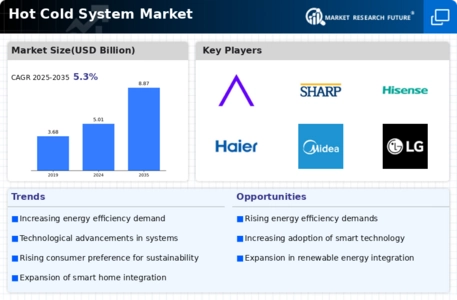

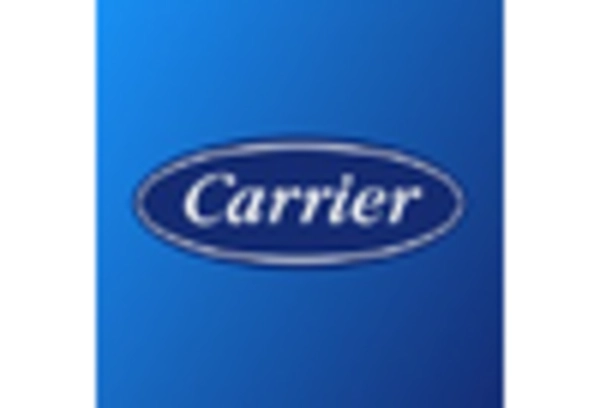
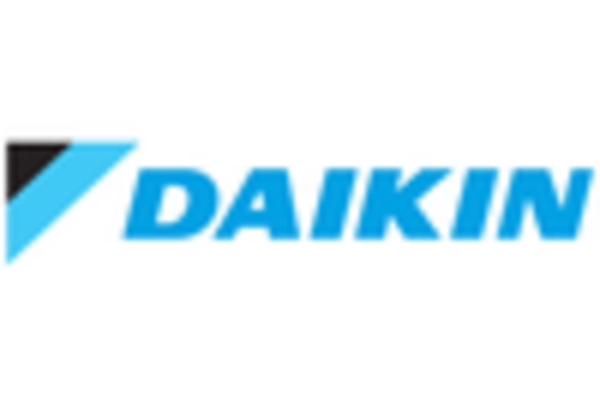

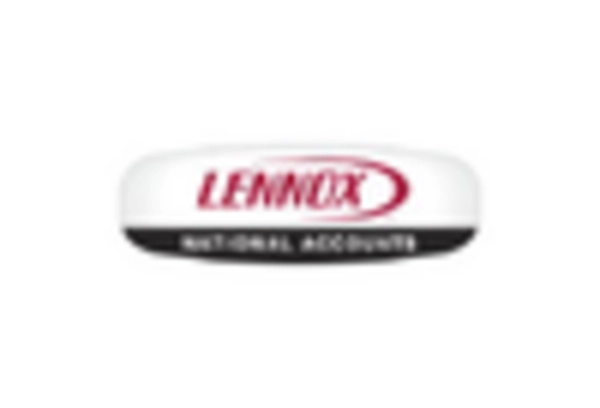

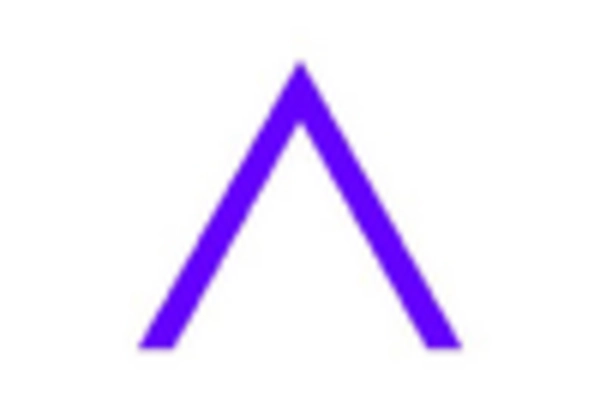








Leave a Comment